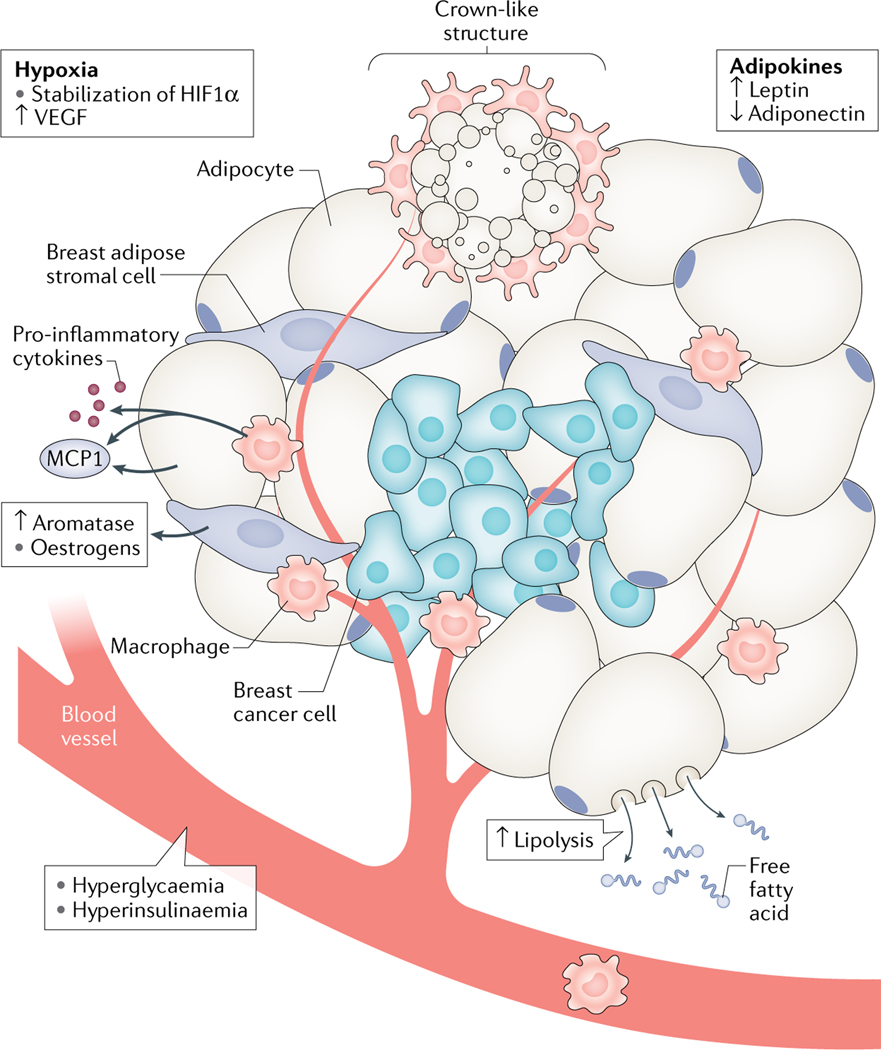Fig. 1 |. The breast microenvironment and key drivers of breast cancer in obesity.
Breast tumours are surrounded, and sometimes infiltrated, by breast adipose cells, including adipocytes, adipose stromal cells and immune cells. Obesity is associated with the expansion of adipose tissue and increased release of adipokines as well as with adipocyte dysfunction and cell death, which lead to the recruitment of immune cells and the release of inflammatory mediators. Oestrogen-producing adipose stromal cells respond to changes within the tumour microenvironment by increasing their expression of aromatase, leading to increased oestrogen production. Increased tissue biomass is also associated with both hypoxia and angiogenesis. Obesity-related hyperglycaemia and hyperinsulinaemia provide additional stimuli for breast cancer cell growth. HIF1α, hypoxia-inducible factor 1α; MCP1, monocyte chemoattractant protein 1; VEGF, vascular endothelial growth factor.

